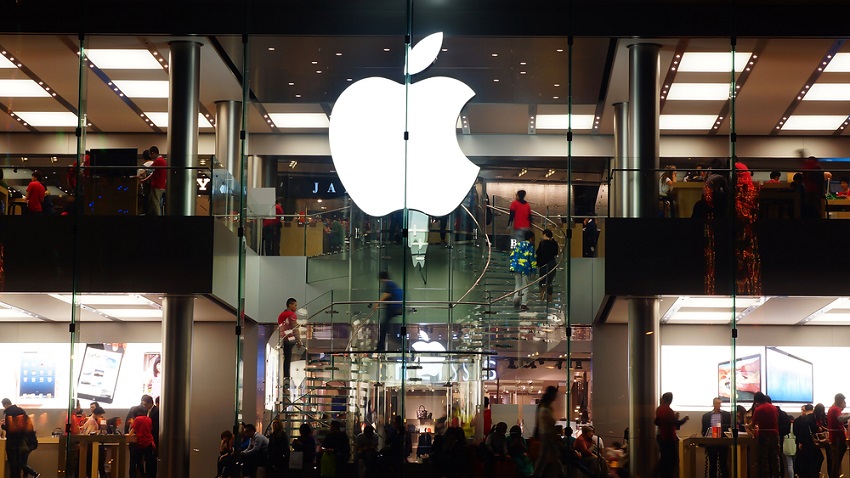Given how competitive Apple and Google are these days, it’s easy to forget that the two companies used to be on particularly good terms. Though it seems like ancient history now, you might recall that former Google CEO Eric Schmidt even graced the stage with Steve Jobs during the iconic 2007 introduction of the original iPhone.
The buddy-buddy relationship between the two companies, however, was relatively short-lived. In a story that has been told and re-told countless times, Google Android team, upon seeing the iPhone, realized that their current incarnation of Android had to be completely re-imagined. Before long, Android was directly competing with the iPhone, with Steve Jobs essentially accusing Google of outright theft. Apple, in turn, decided to lessen its reliance on Google everywhere it could. As a result, Apple eventually began working on its own mapping software and ultimately launched Apple Maps with iOS 6.
The initial reception of Apple Maps was far from warm. And with good reason, early iterations of the software were plagued by a number of usability and performance issues, so much so that Apple’s Craig Federighi would later say that Apple was forced to “triple down” on improving the software.
These days, Apple Maps has improved considerably. Indeed, for many iOS users, Apple Maps is the only mapping software they use. Still, there’s no denying that Google Maps has long outclassed Apple in a number of areas, a dynamic which was elaborately laid out in a must-read blog post put together by former Apple employee Justin O’Beirne late last year.
Nearly a year later, O’Beirne is back with another intensive examination of Apple Maps relative to Google Maps. O’Beirne’s report is of particular interest this time around because Apple at WWDC said that they were re-building Apple Maps from the ground up with much more detail. Though the updated version of Apple Maps hasn’t hit all U.S. cities yet, O’Beirne took a look at what the updated mapping software looks like in California. Suffice it to say, he came away impressed.
From detailed imagery of vegetation to a noticeable increase in the number of building footprints, the latest iteration of Apple Maps appears to have the potential to become a solid rival to Google Maps. Interestingly, there are even areas where Apple Maps has roads that Google Maps lacks. Of course, the looming question is when Apple’s refreshed mapping data will roll out across other parts of the country.
Now is the latest iteration of Apple Maps perfect? Far from it, and there obviously remain areas where Google Maps still manages to trump what Apple brings to the table. Still, Apple Maps has without question improved by leaps and bounds over the past 12 months alone. All that said, O’Beirne’s entire piece is impressively exhaustive and well worth checking out in its entirety if you happen to have even a passing interest in cartography and Apple’s ongoing effort to catch up to Google Maps.








